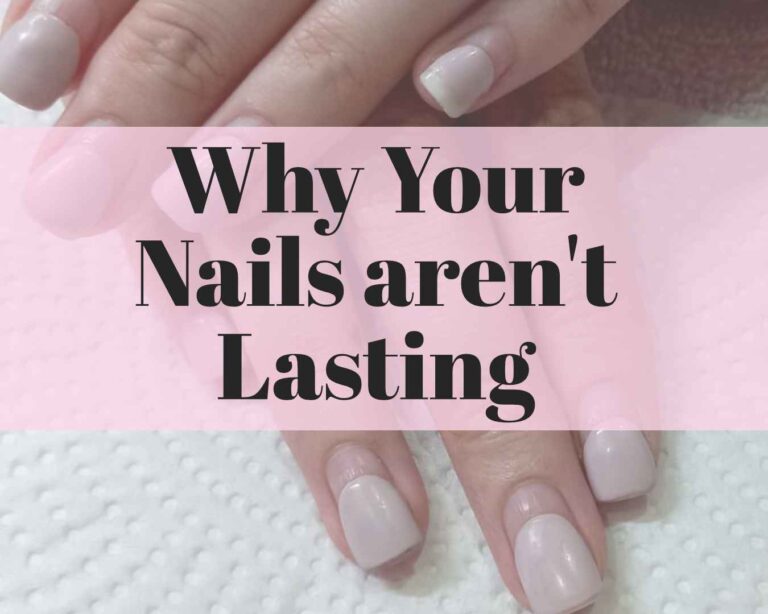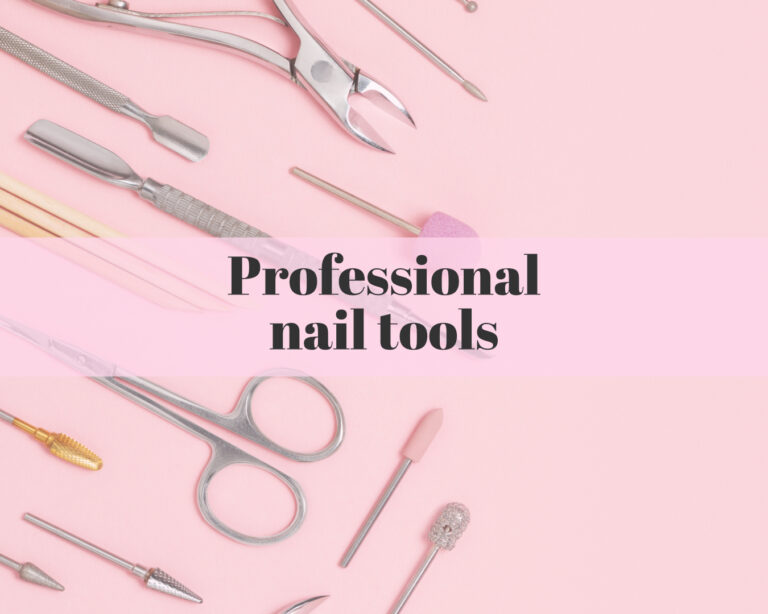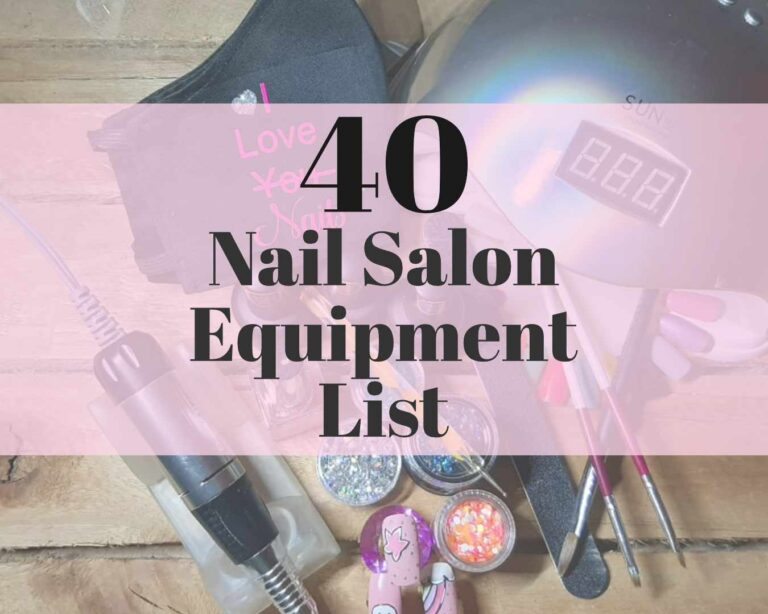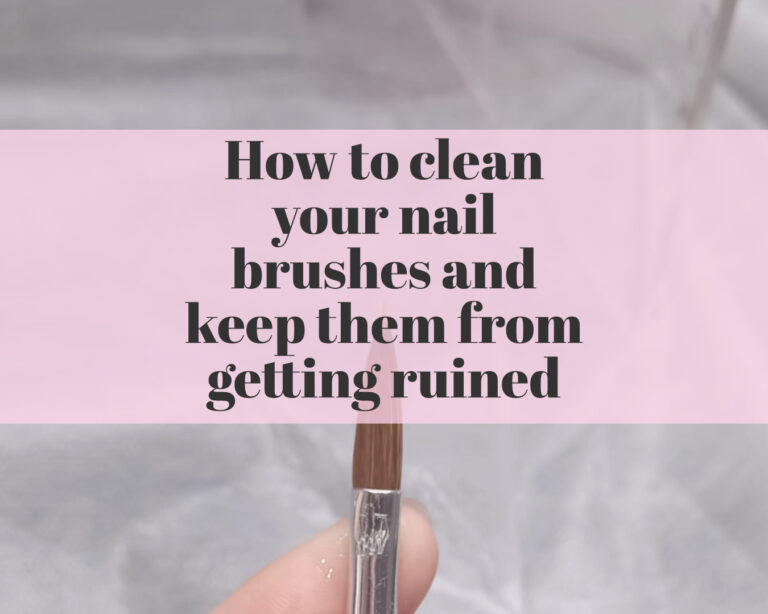

Perfect French smile line in these 9 easy steps
There is nothing quite as satisfying as the perfect set of French nails. I love using the reverse french technique when doing french nails. Creating elegant french nails with a deep smile line is my favourite. I also like to create a larger smile line with a smaller white tip. This gives the illusion of a long nailbed which is visually appealing. It is however very important to remember when doing someones’ nails to ask them what they want. You can advise your clients, but you should never force them to do what you want.
9 easy to follow steps to create a French smile line.

- Firstly, start with a tip that I filed to remove all of the shine, I also removed all of the dust before starting. I used cover pink and white acrylic for this tutorial. Start by applying a bead near the cuticle area. I find that it works best to place the bead in almost the middle of the nail. This way you can easily push the acrylic near to the cuticle and get it nice and flush. This will prevent the cuticle area from getting flooded with product easily. I also point the nail downward when applying the acrylic. This helps the product to flow down, preventing flooding in the sidewalls and cuticle area from occurring and this also helps the product to self-level. I used a number 6 acrylic brush for this tutorial to demonstrate how each bead placement looks and how everything comes together. You can however make use of the one bead placement method if you choose to. I lightly “painted” the smile line on to the nail. I then added more product and build up the smile line area.

- It is important to create a good area with your brush as this will help when filing the smile line later. I turn the nail and view it from all sides. It is important when doing a clients’ nails to ask them to turn their hands towards you, as viewing it from that angle will give you a better idea of what your client sees and will help you to create a perfect centred smile line that will leave the nails looking gorgeous.

- Once you are happy with the overall shape of the smile line, build your apex. The apex is very important for the strength of the nail. The longer the nails the more important the apex becomes as it will prevent the nails from easily breaking.
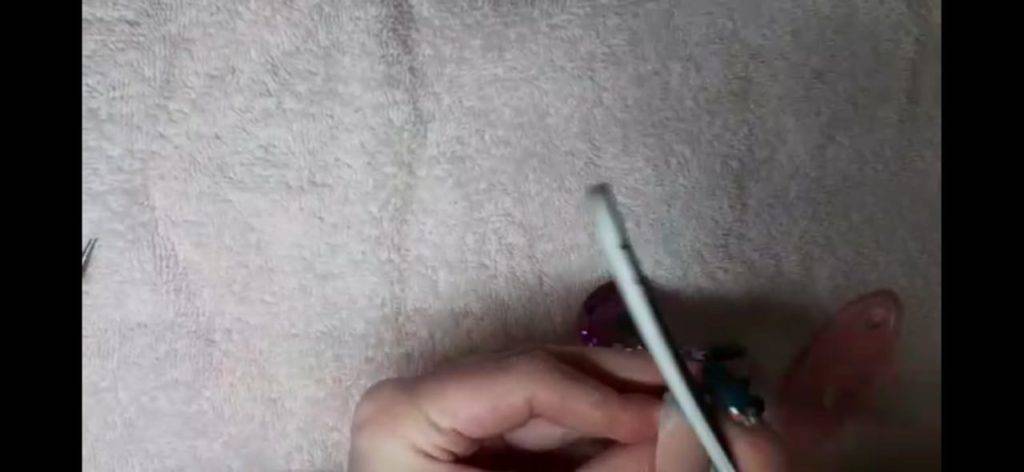
- When the acrylic is dry I can start shaping. I use the back of my acrylic brush to lightly tap the acrylic. If it sounds hollow and not solid it is dry. Another way to determine how far the acrylic is from setting is to feel for heat. If the acrylic feels warm to the touch it means it’s still setting and not ready to be filed yet. It is very important to file carefully. Place your file at a ninety-degree angle to the smile line. Never press the file into the nail. Rather press onto the good area of the smile line when filing. If you file onto your clients’ nail it will cause a groove to form. This groove will grow out and will cause your clients’ nails to crack and break. If it is done on tips the tip can also break off. Filing incorrectly can also cause friction burn and can damage your client’s natural nail potentially causing a lot of pain and discomfort.

- Clean the nail with some sanitiser as you want it to be completely dust-free before applying your tip colour.

- Apply white acrylic at the tip. Make sure to get the sides of the smile line and that you build the free edge thick enough. If it is too thin you can easily file the colour off which will leave the nails looking bad and it will ruin the entire look. Don’t worry too much about how neat it is. If some product spills over to the pink you’ll have the opportunity to file it off.

- Once the product is completely dry file it. Twist and turn the nails and look at it from all angles. If you look at it from the front everything should be even and the nail should have a beautiful rounded shape. From the side, an apex should be visible. The nails should be filed thin but not too thin as nails should never look bulky and unnatural. Rum over the nail to feel for any bumps or dents. I file the nails using a 100/180 grit file. For the pink, I use the 100 grit side as cover pink is harder than white. For the white, I only use the 180 side to prevent the colour from being filed off completely. You can use a buffer to smooth out any scratches. I prefer to use the 180 side of the file as I find I tend to over-buff the nails, which in turn prevent the topcoat from adhering to the nails properly. Once you’re done clean the nails using a lint-free wipe and sanitizer.
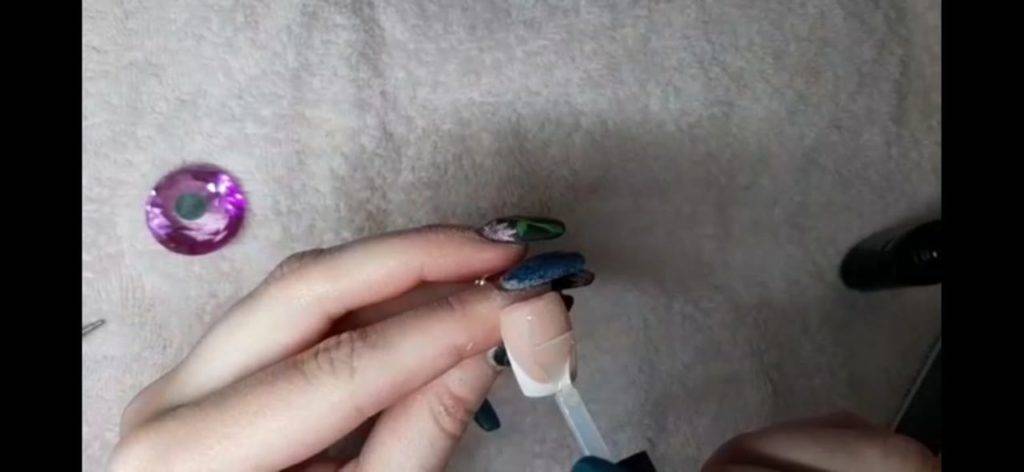
- Finally, for the most satisfying part of doing any set of nails, I applied a no-wipe topcoat and cured it for 120 seconds in an LED lamp.



